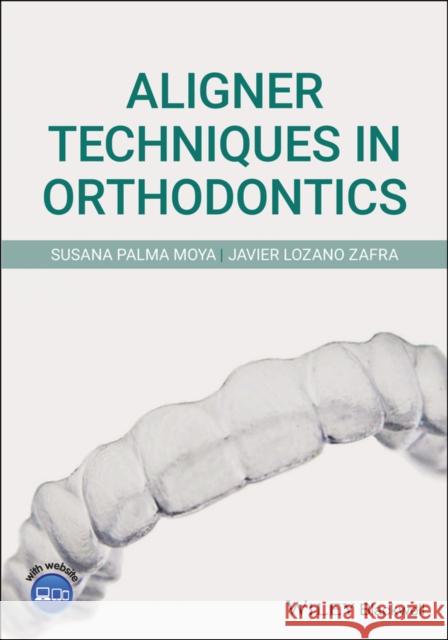Aligner Techniques in Orthodontics » książka
topmenu
Aligner Techniques in Orthodontics
ISBN-13: 9781119607229 / Angielski / Miękka / 2021 / 592 str.
Kategorie BISAC:
Wydawca:
Wiley-Blackwell
Język:
Angielski
ISBN-13:
9781119607229
Rok wydania:
2021
Ilość stron:
592
Waga:
1.10 kg
Wymiary:
24.89 x 17.53 x 2.79
Oprawa:
Miękka
Wolumenów:
01
Dodatkowe informacje:
Wydanie ilustrowane











